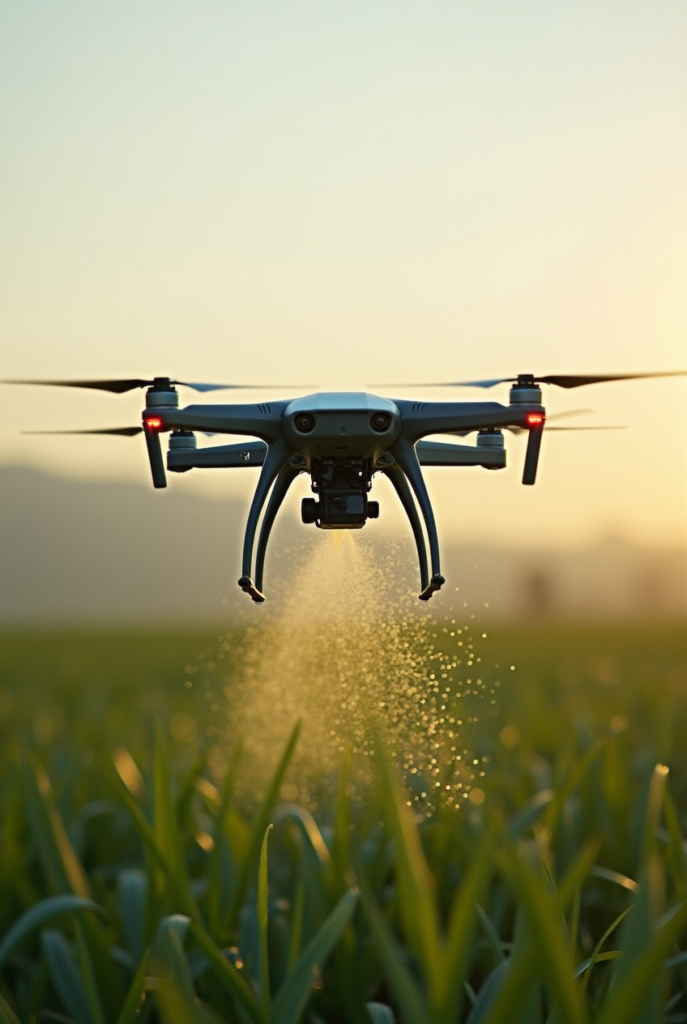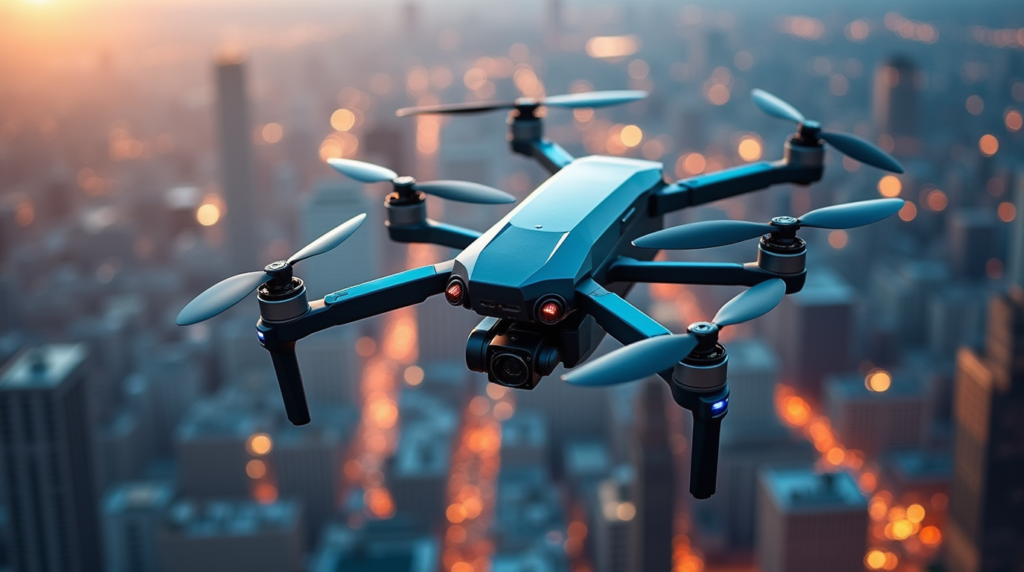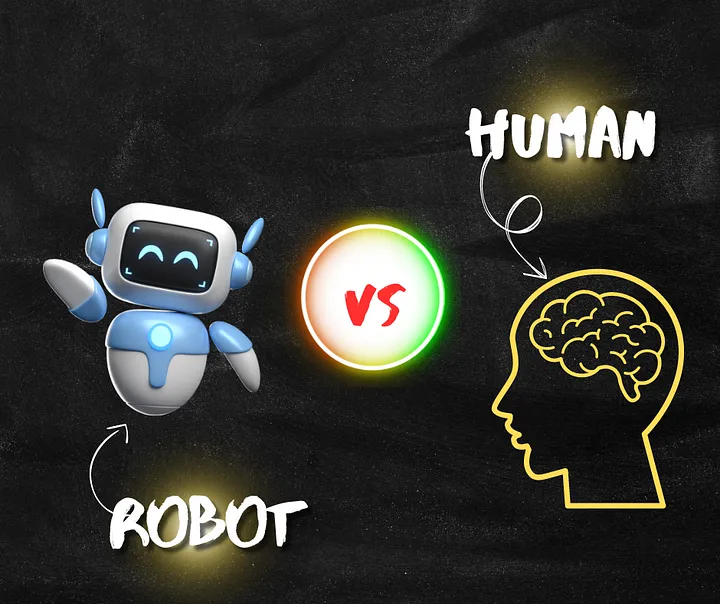The Future of AI in Autonomous Drone Technology
Introduction
Artificial Intelligence (AI) is rapidly transforming autonomous drone technology, revolutionizing industries from logistics to agriculture, surveillance, and disaster response.
As AI-powered drones become more sophisticated, they promise to enhance efficiency, safety, and precision. This guide explores how AI is shaping the future of autonomous drones, the key advancements driving innovation, and what to expect in the coming years.
AI in Autonomous Drone Technology 2025
The Role of AI in Autonomous Drones
AI plays a critical role in making drones more autonomous, reducing human intervention, and improving their ability to navigate complex environments. Some of the core AI-driven capabilities in drone technology include:
1. Computer Vision and Object Recognition
Drones equipped with AI-powered computer vision can identify objects, read signs, and detect obstacles in real time. This technology enables drones to perform tasks such as:
- Monitoring traffic conditions
- Identifying crops and assessing their health
- Detecting humans or objects in search-and-rescue missions
2. Machine Learning for Smart Decision-Making
Machine learning algorithms help drones adapt to their surroundings by analyzing past flight data. These algorithms allow drones to:
- Adjust flight paths dynamically
- Improve accuracy in deliveries
- Recognize and avoid hazards
3. Autonomous Navigation and Obstacle Avoidance
With AI-powered SLAM (Simultaneous Localization and Mapping) and LiDAR technology, drones can navigate complex environments without GPS. This capability is crucial for:
- Indoor operations
- Forest and urban area mapping
- Military and defense applications
4. Predictive Maintenance
AI-powered drones can detect mechanical issues before they become critical, reducing downtime and maintenance costs. Predictive maintenance ensures:
- Longer operational lifespan
- Improved reliability
- Reduced repair expenses
Industry Applications of AI in Drone Technology
1. Agriculture and Precision Farming
AI-driven drones are transforming agriculture by providing real-time insights into crop health, soil conditions, and irrigation needs. These drones help farmers:
- Optimize pesticide use
- Detect plant diseases early
- Improve yield predictions
Drones for Agriculture Spraying

One of the most significant advancements in agricultural drone technology is AI-powered spraying drones. These drones use precision spraying techniques to apply fertilizers, herbicides, and pesticides with extreme accuracy. Unlike traditional methods, which often result in overuse or uneven application, AI-driven spraying drones ensure optimal chemical distribution, reducing waste and environmental impact.
Key Benefits of AI-Powered Spraying Drones:
- Precision Targeting: AI systems detect areas requiring treatment and apply chemicals only where needed, preventing unnecessary use.
- Cost Efficiency: Reduces chemical expenses by up to 30% by optimizing application rates.
- Time Savings: Covers large fields faster than manual spraying, significantly reducing labor costs.
- Environmental Protection: Minimizes pesticide runoff and prevents contamination of nearby water sources.
- Adaptive Spraying: AI algorithms adjust spraying patterns in real-time based on wind speed, crop type, and soil moisture.
Future of AI Spraying Drones With ongoing advancements, AI-powered agricultural drones will integrate:
- Multi-spectral imaging for better plant health analysis.
- Automated fleet coordination for large-scale farming operations.
- AI-powered predictive analytics to anticipate pest infestations before they spread.
2. E-Commerce and Delivery Services
Companies like Amazon Prime Air and Google Wing are pioneering drone delivery systems that use AI to:
- Calculate the fastest routes
- Avoid obstacles in urban areas
- Ensure timely package deliveries
3. Security and Surveillance
AI-powered drones enhance security operations by providing real-time monitoring and surveillance. Law enforcement and private security firms use drones for:
- Crowd monitoring
- Border security
- Emergency response
4. Disaster Response and Humanitarian Aid
In emergencies, AI-driven drones play a crucial role in search-and-rescue missions, disaster assessment, and medical supply delivery. They help:
- Locate survivors in disaster-stricken areas
- Assess damage after earthquakes or hurricanes
- Deliver medical supplies to remote locations
5. Infrastructure Inspection and Maintenance
AI-powered drones assist in inspecting bridges, power lines, and pipelines, reducing risks for human workers. Key benefits include:
- Enhanced safety
- Cost-effective inspections
- Faster problem detection
Challenges and Regulatory Concerns
Despite the rapid progress, AI-driven drones face several challenges, including:
1. Regulatory Restrictions
Government agencies like the FAA have strict guidelines on drone usage, including:
- BVLOS (Beyond Visual Line of Sight) regulations
- Remote ID compliance
- Airspace integration policies
2. Data Privacy and Security
AI-powered drones collect vast amounts of data, raising concerns about:
- Personal privacy violations
- Cybersecurity risks
- Unauthorized surveillance
3. Technical Limitations
While AI advancements continue, some hurdles remain, such as:
- Battery life constraints
- AI decision-making in unpredictable scenarios
- Adverse weather adaptability
The Future of AI in Drone Technology

AI will continue to push the boundaries of drone capabilities. Future advancements include:
- 5G-enabled drones for real-time data transmission
- Swarm AI technology, allowing drones to collaborate like flocks of birds
- Advanced AI ethics and regulation frameworks to ensure responsible drone usage
Conclusion
The future of AI in autonomous drone technology is promising, with innovations set to revolutionize multiple industries. From improving safety to enhancing operational efficiency, AI-driven drones will play an essential role in shaping the world. As AI continues to evolve, so will the capabilities of autonomous drones, making them smarter, faster, and more reliable.
Frequently Asked Questions (FAQ)
1. How do AI-powered drones navigate without human control?
AI-powered drones use a combination of computer vision, machine learning, and LiDAR to navigate obstacles and map environments in real time. Advanced algorithms enable them to make decisions without direct human intervention.
2. Are AI-driven agricultural drones safe for the environment?
Yes, AI-driven drones enhance environmental safety by reducing pesticide overuse, preventing chemical runoff, and optimizing resource use. Their precision application helps maintain ecological balance.
3. What industries benefit the most from AI in drones?
Industries such as agriculture, logistics, security, infrastructure inspection, and disaster response benefit significantly from AI-driven drones due to improved efficiency and automation.
4. What are the biggest challenges facing AI in drone technology?
Regulatory hurdles, data privacy concerns, battery life constraints, and adapting AI models to unpredictable real-world conditions are some of the major challenges AI-powered drones face.


